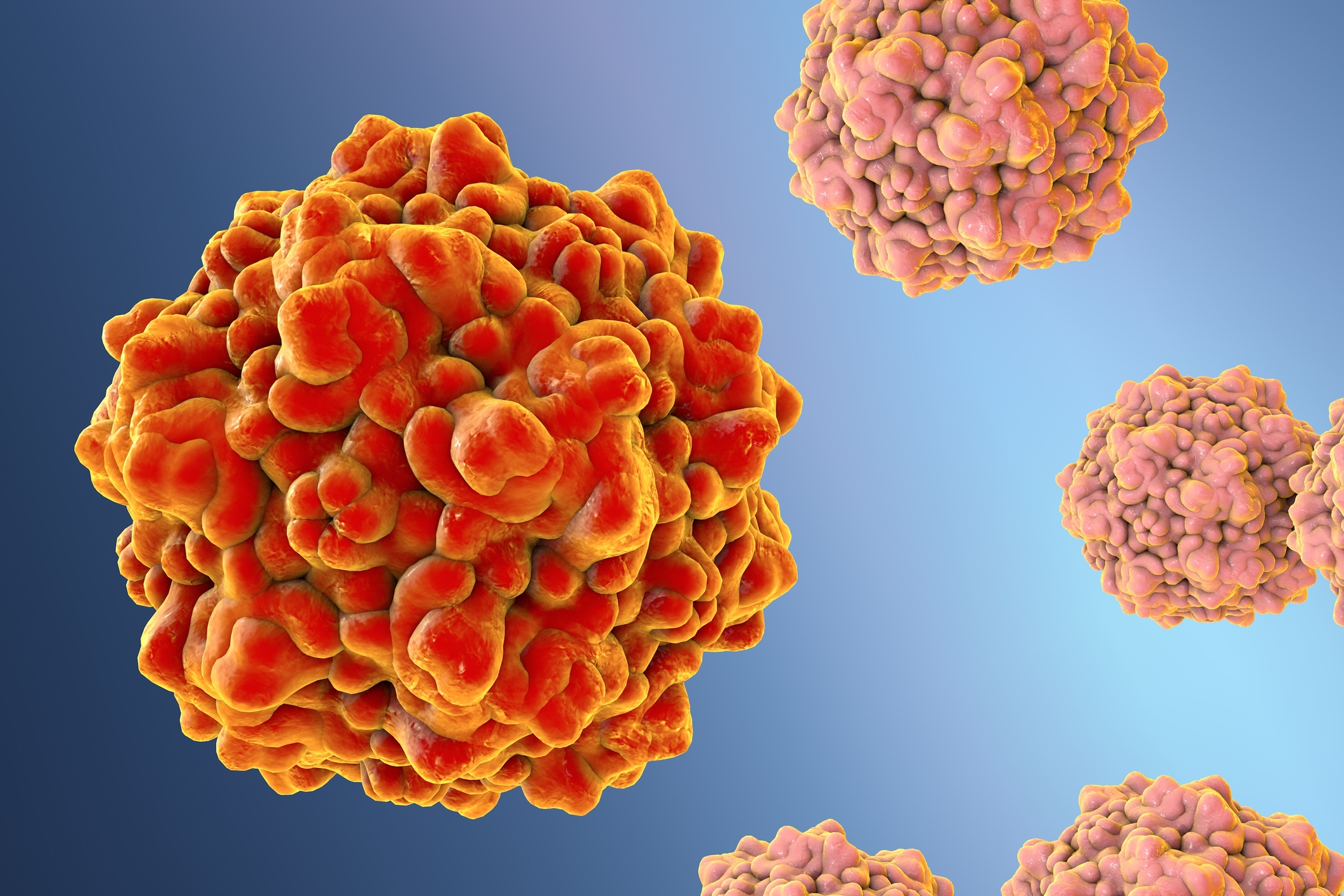FELINE PANLEUKOPENIA VIRUS ANTIGEN
Feline Panleukopenia virus antigen has been manufactured for use in the detection of antibodies against (FPLV; feline parvovirus) for immunoassay development or other applications.
PRODUCT DETAILS – FELINE PANLEUKOPENIA VIRUS ANTIGEN
- Feline Panleukopenia virus antigen, strain Cornell.
- Native antigen purified from FPLV infected CRFK cells.
- The antigen is presented in 50 mM Glycine Buffer, pH 9, 140 Mm NaCl.
- This material has been UV and detergent inactivated (<0.1% CHAPS, <0.01% SDS).
- For ELISA development or other applications.
BACKGROUND
Feline panleukopenia is a highly contagious, often fatal, viral disease of cats that is seen worldwide. It is caused by the Feline panleukopenia virus (FPLV) which is closely related to mink enteritis virus and the type 2 canine parvoviruses (CPV) that cause canine parvoviral enteritis. There has been significant evolution of FPLV, in particular the emergence of canine parvovirus (CPV-2) in dogs in the late 1970s, a host range variant of the FPV-like virus (Barrs,2019), and the rapid world-wide spread of the CPV-derived viruses since. FPLV and various antigenic types of CPV have also been isolated from other wild and captive carnivores (Truyen & Parrish, 2013). FPV infects all felids as well as raccoons, mink and foxes (Truyen et al., 2009). In general, CPV-type viruses replicate efficiently in feline and canine cell lines, while most FPLV and FPLV-like viruses can replicate efficiently only in feline cells. Mutagenesis studies have shown that the VP2 gene is important in controlling canine host range, although a part of the nonstructural NS gene of CPV also participates in FPLV replication in canine cells (Ikeda et al., 2002).
Transmission occurs via the faecal-oral route. Indirect contact is the most common route of infection, and FPV may be carried by fomites (shoes, clothing), which means indoor cats are also at risk. Intrauterine virus transmission and infection of neonates can occur (Truyen et al., 2009). FPLV may survive in the environment for several months and is highly resistant to some disinfectants (Truyen et al., 2009). FPLV causes an acute disease, with a broad tropism for mitotically active cells. Cats of all ages may be affected by FPV, but kittens are most susceptible. Infection spreads rapidly, especially in cells with high mitotic activity, such as bone marrow, lymphoid tissue and intestinal crypt cells. Anorexia, vomiting, diarrhoea, neutropenia and lymphopenia are common in clinically affected cases. In utero or neonatal infection can result in cerebellar hypoplasia. The virus replicates for less than seven days before being cleared by the developing immune responses (Parrish,1995). Depending on the severity of clinical signs, mortality ranges from 25 to 100% (Truyen et al., 2009).
REFERENCE
- Barrs VR. (2019). Feline Panleukopenia: A Re-emergent Disease. Vet Clin North Am Small Anim Pract.;49(4):651–670.
- Ikeda et al. (2002). Feline host range of canine parvovirus: recent emergence of new antigenic types in cats. Emerging infectious diseases vol. 8,4 341-6.
- Parrish CR. (1995). Pathogenesis of feline panleukopenia virus and canine parvovirus. Baillieres Clin Haematol. 8(1):57–71.
- Stuetzer B, Hartmann K. (2014). Feline parvovirus infection and associated diseases. Vet J.;201(2):150–155.
- Truyen U, Parrish CR. (2013). Feline panleukopenia virus: its interesting evolution and current problems in immunoprophylaxis against a serious pathogen. Vet Microbiol. 165(1-2):29–32.
- Truyen et al. (2009). Feline panleukopenia. ABCD guidelines on prevention and management. J Feline Med Surg. 11(7):538–546.

